Interstellar exploration — five planets where humans may (or may not) be able to live someday

This galactic fireworks display is taking place in NGC 4258 (also known as M106), a spiral galaxy like the Milky Way. (Image credit: NASA/CXC/JPL-Caltech/STScI/NSF/NRAO/VLA)
Unless you live under a lunar rock, you’ve probably heard about or seen director Christopher Nolan’s latest blockbuster “Interstellar.” Starring Anne Hathaway and Matthew McConaughey, the movie explores the possibility of humans leaving Earth, which has become devastated by severe drought and famine, for another planet. While the idea seems far-fetched, astronomers do know there are planets out there that mirror some of Earth’s features and leave open the possibility for life to exist. These exoplanets revolve around stars like our own sun but are far beyond our solar system. Here are some recently discovered facts about planets, and the search for planets, that may possibly support life.
1. The “Mega-Earth”
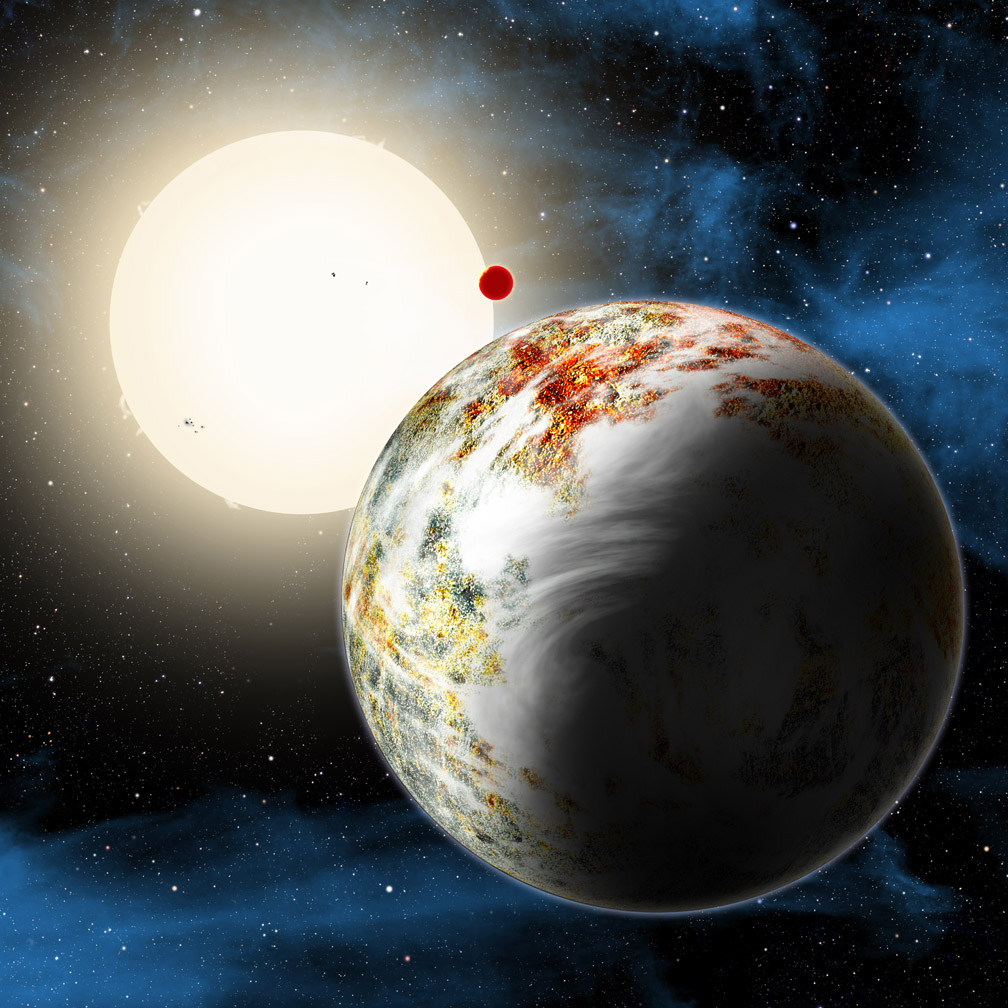
Discovered in June 2014, Kepler-10c or “Mega-Earth,” as it’s been dubbed, lives in the constellation Draco, 560 light-years away. Kepler-10c orbits the old star of the Kepler system, formed around 11 billion years ago. A planet of Mega-Earth’s size and mass—mostly rock—was previously thought impossible, especially since it was formed when the universe was mostly gaseous. Its diameter is more than two times as large as Earth, and it is nearly 17 times heavier. Research on Kepler-10c “implies that astronomers shouldn’t rule out old stars when they search for Earth-like planets,” because “if old stars can host rocky Earths too, then we have a better chance of locating potentially habitable worlds in our cosmic neighborhood.” Good news!
2. Kepler-56b and Kepler-56c
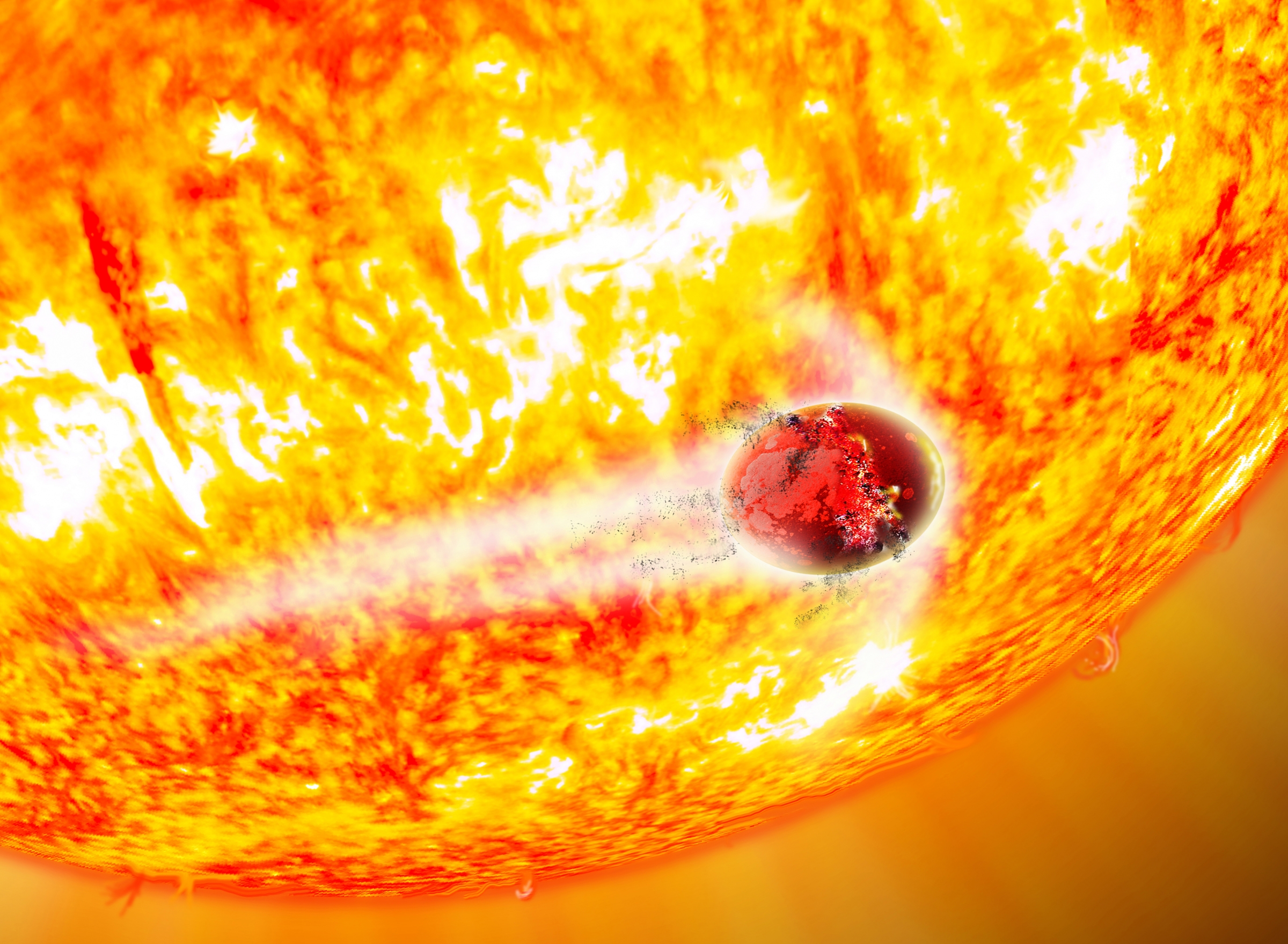
Some like it hot, but planets Kepler-56b and Kepler-56c might be too close to a blistering star for comfort. According to Gongjie Li of the Harvard-Smithsonian Center for Astrophysics, Kepler-56b and Kepler-56c—exoplanets that orbit the Kepler-56 star, which shines about 2,800 light-years from Earth—will be swallowed by the star in a relatively short amount of time. “As far as we know, this is the first time two known exoplanets in a single system have a predicted ‘time of death,’” Li said. These planets are located very close to the Kepler-56 star, closer than Mercury is to the sun in our solar system. Because the star will continue to grow, the two planets will be subjected to immense heat while their atmospheres boil away.
3. Red-dwarf Planets
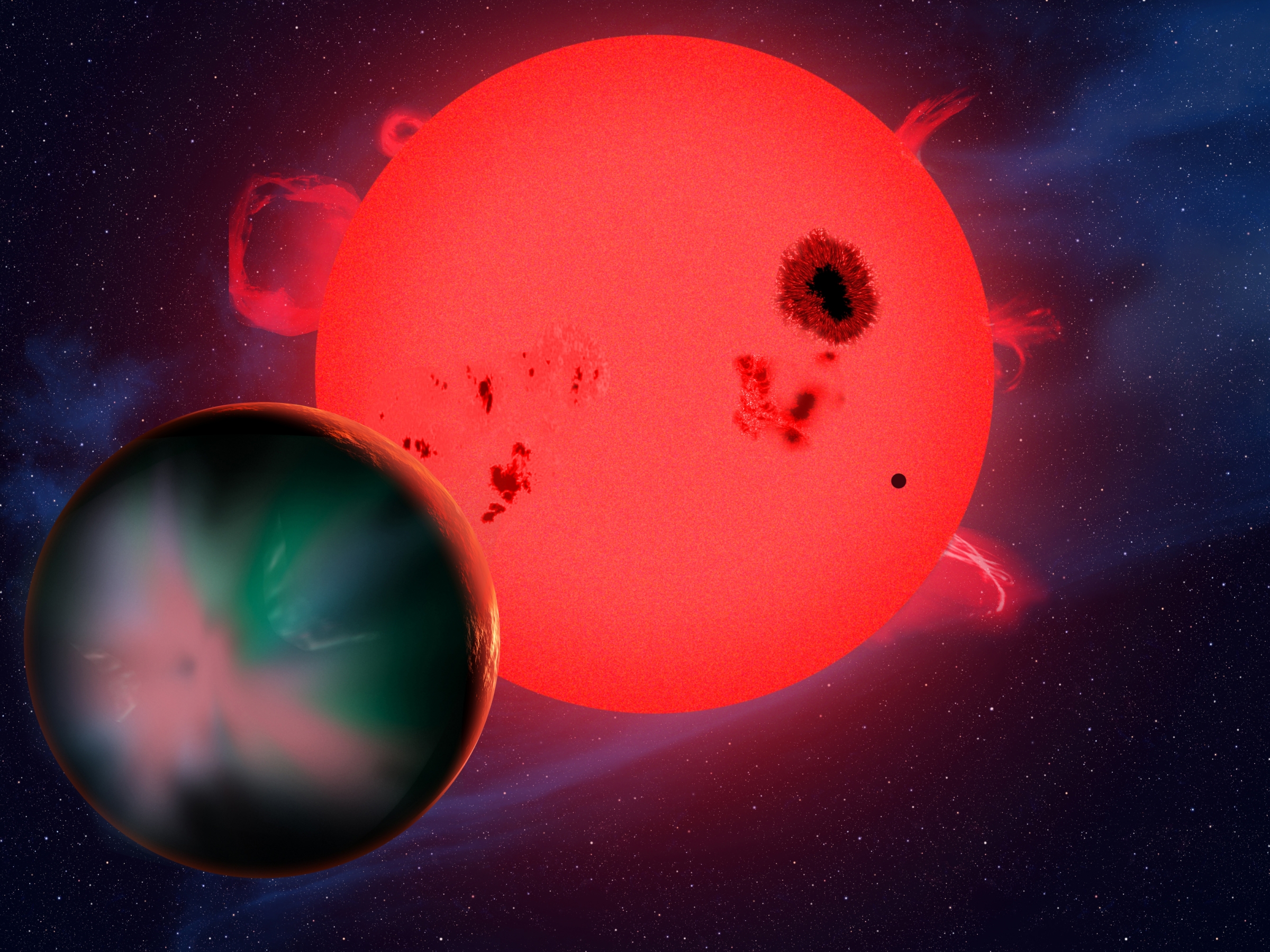
In looking for potentially habitable worlds beyond Earth, astronomers have focused on planets orbiting red dwarf stars. These stars are the most common star type, but research is starting to reveal that their orbiting planets may not be the best place to relocate a human population. “The space environment of close-in exoplanets is much more extreme than what the Earth faces,” said Jeremy Drake of the Harvard-Smithsonian Center for Astrophysics. These extreme weather conditions could include constant darkness and brutal stellar winds. “The ultimate consequence is that any planet potentially would have its atmosphere stripped over time.”
4. Planets circling white dwarf stars
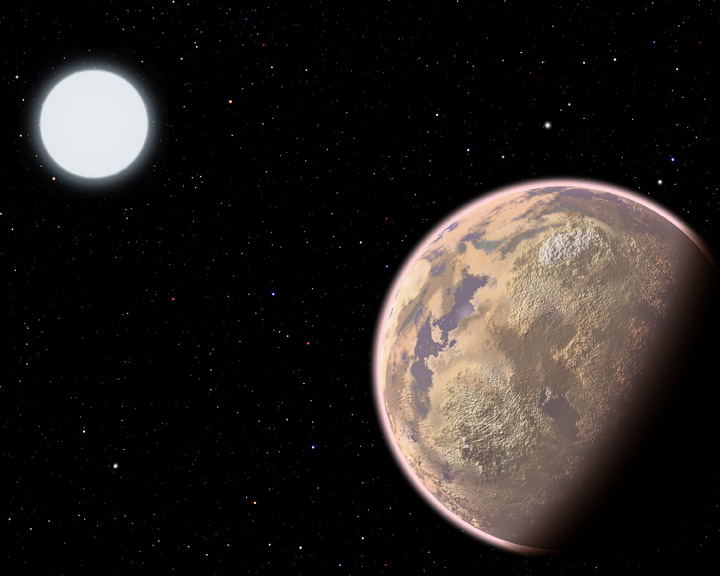
Theorists at the Harvard-Smithsonian Center for Astrophysics have a clever idea: If we look for traces of industrial pollutants on other planets, this may lead to proof of advanced civilizations living on distant worlds. Soon, scientists will be able to use the new, specialized James Webb Space Telescope, which should be able to detect ozone-destroying chemicals, like those found in solvents and aerosols, on other planets. Of course, there’s a catch. The telescope is only able to detect these pollutants on planets similar to Earth that orbit a white dwarf star. When stars like our sun die, white dwarf stars are what are left behind. The James Webb Space Telescope is cannot detect pollutants on a planet that orbits a star that is still burning like our sun. Nevertheless, this intriguing theory about pollutants in distant planets could very well lead to news of advanced civilizations of extraterrestrials living in a parallel universe to ours. “People often refer to ETs as ‘little green men,’ but the ETs detectable by this method should not be labeled ‘green’ since they are environmentally unfriendly,” said Avi Loeb of Harvard, one of the co-authors of the theory.
5. KOI-314c
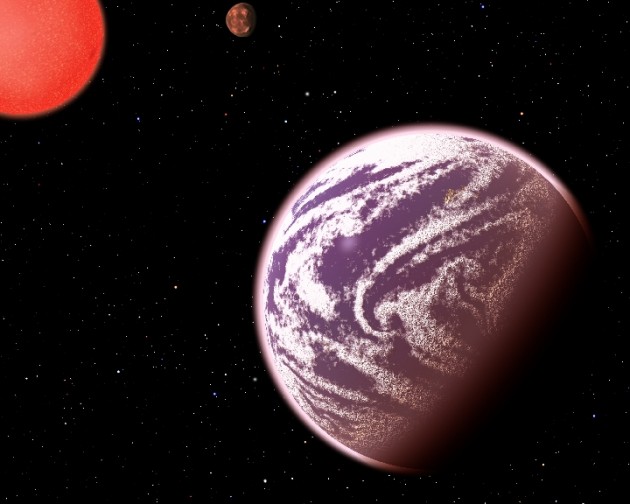
This planet has astonishingly similar attributes to Earth, so maybe we’re on to something! Or maybe not. In January 2014, an international team of astronomers discovered the first exoplanet that has the same mass as Earth. However, its differences from Earth are crucial. KOI-314c has a very low density compared to Earth; it’s only 30 percent denser than water. This means we couldn’t walk on its surface. It’s also much too hot for human life. Estimates put the planet’s temperature at around 220 degrees Fahrenheit. “It [KOI-314c] proves that there is no clear dividing line between rocky worlds like Earth and fluffier planets like water worlds or gas giants,” said David Kipping, the lead author of the discovery from the Harvard-Smithsonian Center for Astrophysics.
Even with ongoing research and incredible discoveries at the hands of skilled scientists, a planet where humans could create lives for themselves away from Earth has yet to be found. Keeping Earth in tip-top shape is clearly our best bet for now.
